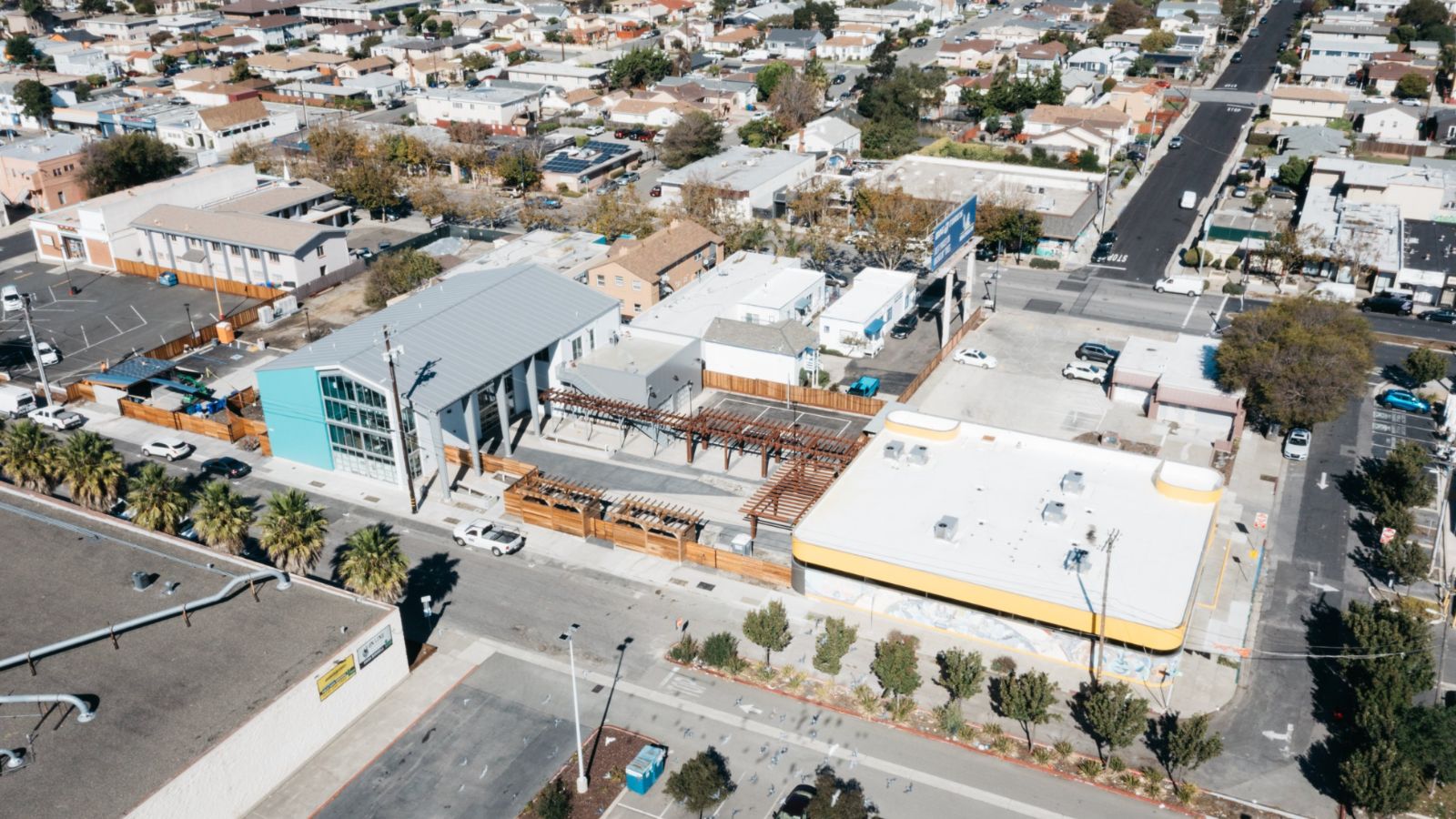At RYSE Commons, a youth community center in Richmond, California, young people gather to make art, play basketball, take classes, and hang out.
It’s an institution that community members trust and depend on.
So Shina Robinson of the Asian Pacific Environmental Network says it’s the ideal place to create a so-called resilience hub.
“We’re really thinking of resilience hubs as trusted, well-loved kind of anchor institutions in a neighborhood or a community that can be invested in to be this safe haven when a climate disaster emergency hits,” she says.
Robinson’s group partnered with RYSE to plan a solar and battery installation at the center.
So soon people will be able to go there if grid power goes out.
“They’ll be able to charge their devices, be able to communicate with loved ones. They’ll be able to charge medical devices, refrigerate medicines or food,” Robinson says.
As climate change brings increasingly extreme storms, heat waves, and wildfires, more people will need a place to go for support or to stay safe.
Robinson says investing in neighborhood institutions can empower local residents, strengthen communities, and make people less vulnerable when disasters strike.
Reporting credit: Sarah Kennedy/ChavoBart Digital Media
Source link


